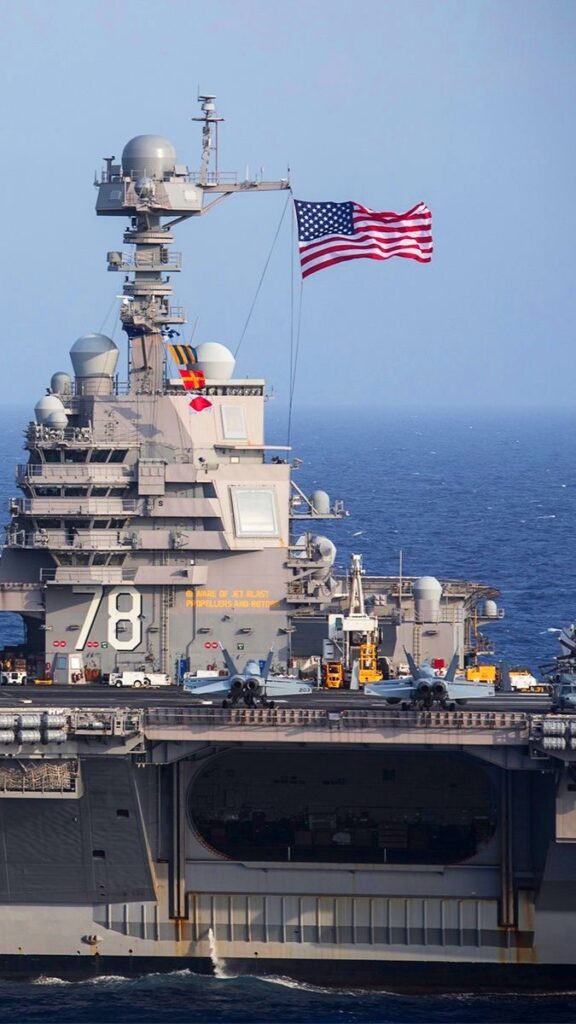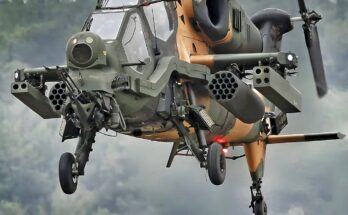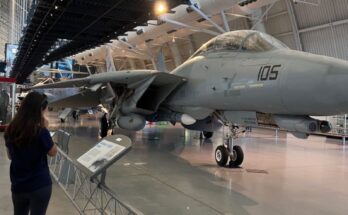
The USS Gerald R. Ford (CVN-78) is the lead ship of the Ford-class aircraft carriers, the newest generation of nuclear-powered carriers in the United States Navy. Named after the 38th President of the United States, Gerald Rudolph Ford Jr., the ship represents the most advanced warship ever built, designed to serve well into the 21st century. It officially entered service on July 22, 2017, and continues to mark a major step forward in naval technology and capability.
At over 1,092 feet in length and displacing more than 100,000 tons, the Gerald R. Ford is one of the largest warships in the world. Like its predecessors in the Nimitz class, it is powered by nuclear reactors, giving it virtually unlimited range and the ability to remain at sea for decades without refueling. However, the Ford class introduces major innovations that distinguish it from the older carriers.
One of the most notable advancements is the Electromagnetic Aircraft Launch System (EMALS), which replaces the traditional steam catapults. EMALS allows aircraft to be launched more smoothly, reducing stress on both the planes and pilots, while also enabling the launch of lighter and heavier aircraft with greater efficiency. This system, combined with the Advanced Arresting Gear for safer landings, increases the overall operational flexibility of the ship.
The Gerald R. Ford also carries a redesigned island structure, positioned further aft and smaller in profile than those on Nimitz-class carriers. This frees up more flight deck space, allowing for faster aircraft operations. In addition, the Ford class has been engineered with advanced automation and modern systems that significantly reduce crew requirements. While Nimitz carriers typically require about 5,000 sailors, the Ford class operates with a smaller complement, which lowers long-term personnel and maintenance costs.
In terms of defense and survivability, the ship is equipped with state-of-the-art radar and combat systems. It has improved power generation capacity, producing three times the electrical power of its predecessors. This surplus not only supports today’s advanced systems but also allows for future upgrades, including the potential use of directed-energy weapons and other emerging technologies.
The carrier is capable of supporting more than 75 aircraft, including the F/A-18 Super Hornet, E-2D Hawkeye, and the newest fifth-generation fighter, the F-35C Lightning II. Together, these aircraft give the U.S. Navy unmatched reach, allowing it to project air power anywhere in the world. The Ford’s role as a mobile airbase makes it a central element of American naval strategy, supporting deterrence, crisis response, and combat operations.
The USS Gerald R. Ford’s development was not without challenges. Delays and cost overruns drew criticism during construction, with the final price tag exceeding $13 billion. However, the Navy views the ship as a long-term investment, designed to operate for over 50 years. Its cutting-edge systems and capacity to integrate future technologies ensure that it will remain at the forefront of naval warfare.
As the first of its class, the Gerald R. Ford sets the standard for future carriers, blending tradition with innovation. It represents both a tribute to President Ford’s service in the Navy during World War II and a bold leap forward in the evolution of naval power.


